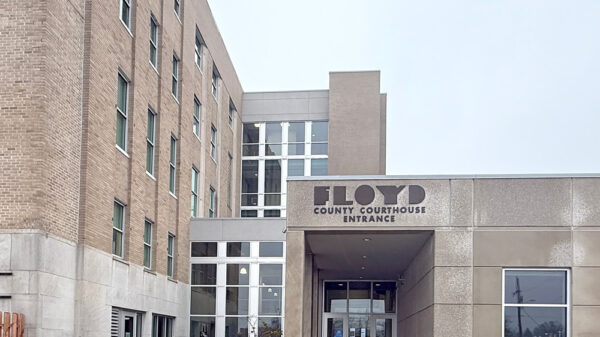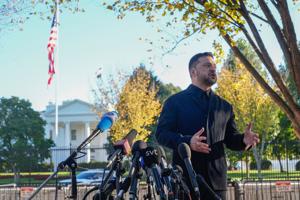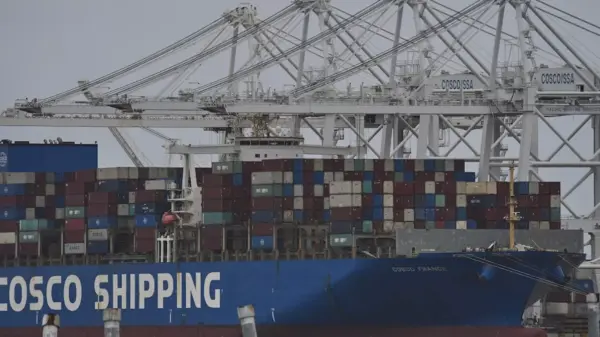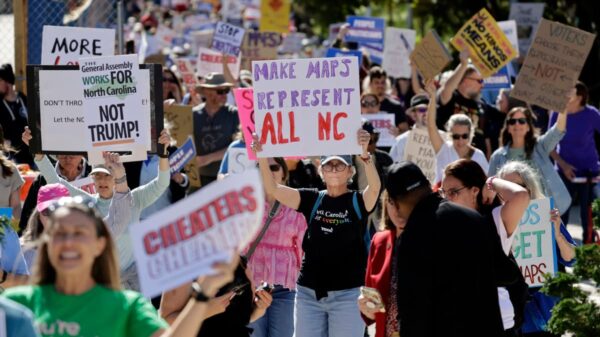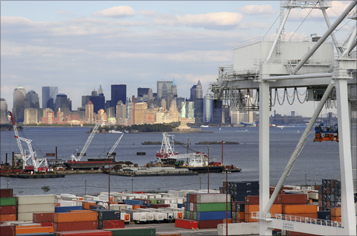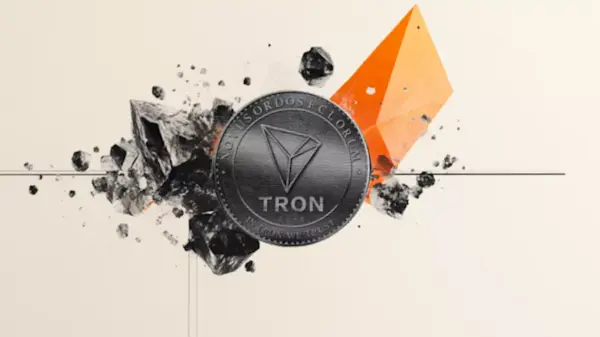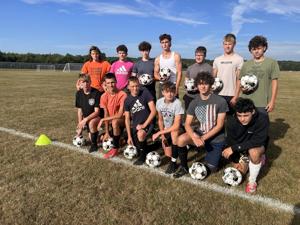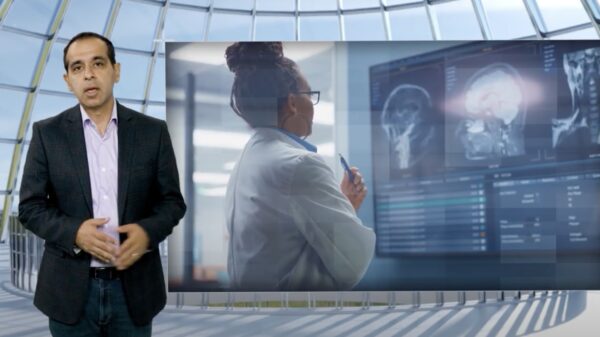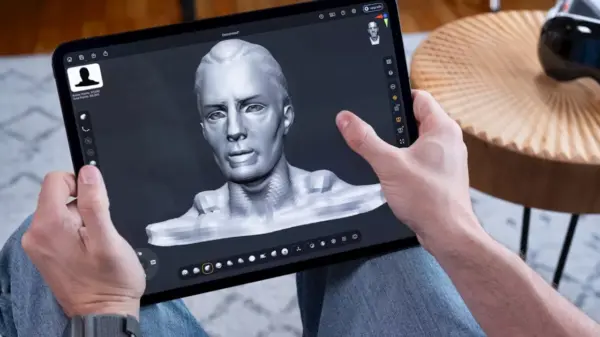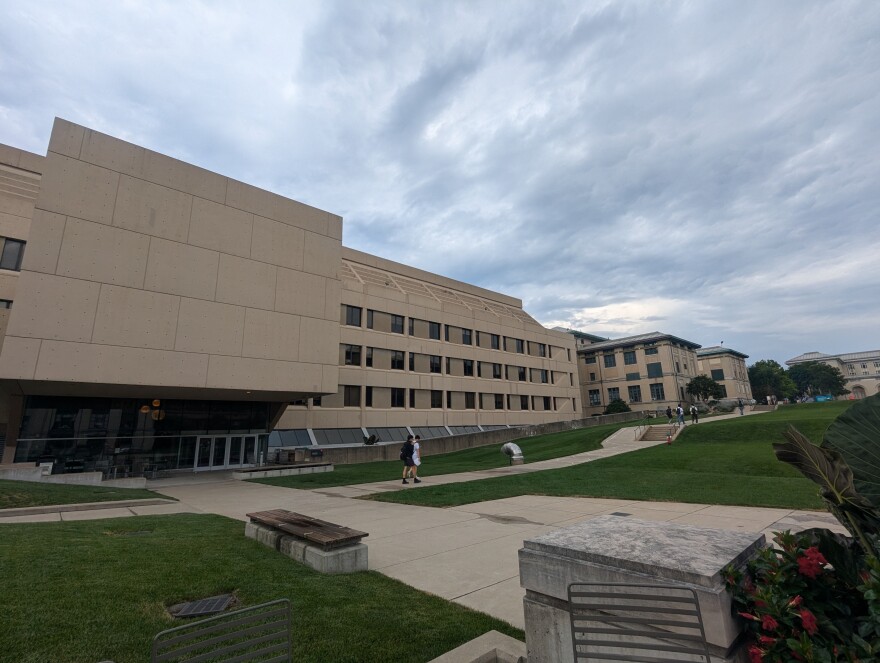A groundbreaking research initiative involving Carnegie Mellon University (CMU) and the University of Pittsburgh (Pitt) is set to explore the intricate relationship between artificial intelligence (AI) and employment trends. This collaborative effort, which includes prominent institutions like the Massachusetts Institute of Technology (MIT), aims to demystify the often speculative claims about AI’s potential to disrupt the workforce. Despite bold assertions from tech leaders that AI could replace large segments of the workforce, concrete evidence linking AI to job loss remains elusive.
The study, funded by a grant from the Alfred P. Sloan Foundation, will unfold over two years and comprises four distinct projects. These projects will investigate the adoption of AI across industries, the impact on workers, supportive policies, and innovative methods for tracking AI-driven changes. The research seeks to provide a clearer understanding of where AI is being integrated, how it affects employment, and what measures can support workers in adapting to these technological shifts.
Exploring AI Adoption and Workforce Impact
Artificial intelligence encompasses a broad spectrum of technologies, from search engines and transcription services to more complex applications like coding and image generation. CMU Professor Christophe Combemale, co-leading the project, will focus on the patterns of AI adoption by companies and their subsequent hiring trends. According to Combemale, the manner in which AI is integrated into businesses can significantly influence whether it replaces, augments, or enhances the quality of work performed by employees.
“The nature of that adoption has consequences for whether AI is going to tend to replace workers, or augment them, or improve the quality of their work, which in turn is going to affect employment and wages,” said Combemale.
The Observatory for U.S. Job Disruption
Meanwhile, Morgan Frank, an assistant professor at Pitt’s School of Computing and Information, is spearheading the creation of the Observatory for U.S. Job Disruption. This initiative aims to dissect unemployment data from all 50 states to pinpoint where job losses occur and in which sectors. Frank emphasizes the importance of understanding the granular details behind employment statistics to determine whether AI or other factors are driving changes.
“It’s really hard to say that total unemployment has increased because of AI or because of any other thing,” Frank noted. “Being able to break that statistic apart into the sectors or into actual job titles gives us a huge advantage.”
Understanding Occupational Mobility
The University of California-affiliated California Policy Lab will contribute by examining how individuals exposed to AI in their work transition between occupations. This aspect of the study is crucial for understanding not just which jobs are at risk, but also the potential opportunities for workers to move into new roles or industries. Combemale highlights that exit options could range from promotions due to increased productivity to lateral moves or even wage reductions.
“It’s equally important not just to understand which occupations are exposed, but what the exit options are,” Combemale explained.
Innovative Data Approaches
The U.S. Chamber of Commerce Foundation is leading the fourth project, which aims to develop new data methodologies to minimize the delay between workforce changes and their reporting. This initiative seeks to provide real-time insights that can better prepare workers, policymakers, and businesses for the rapid technological shifts brought about by AI.
Combemale remains cautiously optimistic about the outcomes of the study, acknowledging the complexity of the issues at hand. “I don’t think we’re going to have all the answers, but I think we are going to have much better tools at the end of two years to track what’s happening, and hopefully to be able to start seeing a little bit around the curve of some of these technology shocks, so that workers and policymakers and firms can prepare and be a little more adaptive,” he said.
Implications for the Future
This research project represents a significant step toward understanding the nuanced effects of AI on the workforce. As AI continues to evolve and integrate into various sectors, the findings from this study could inform policy decisions and workforce strategies, ensuring that the benefits of AI are maximized while mitigating potential disruptions.
As the study progresses, stakeholders across industries will be keenly observing the insights generated, which could shape the future landscape of work in an AI-driven world. The collaboration among these prestigious institutions underscores the importance of a comprehensive approach to tackling the challenges and opportunities presented by artificial intelligence.





